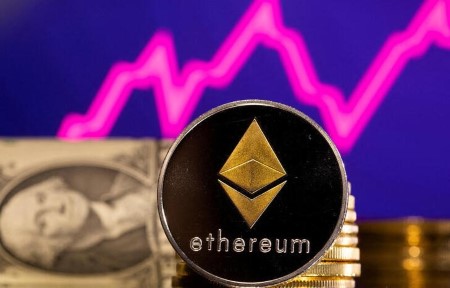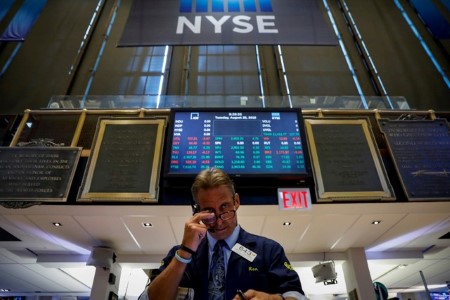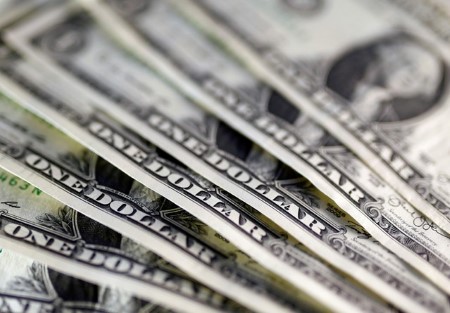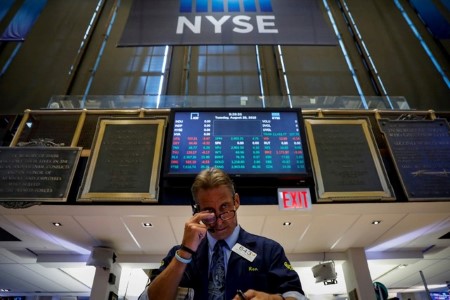The US Securities and Exchange Commission (SEC) on Thursday approved applications from Nasdaq, CBOE and NYSE to list exchange-traded funds (ETFs) tied to the price of ether, potentially paving the way for the products to begin trading later this year.
While the ETF issuers also have to get the green light before the products can launch, Thursday’s approval is a major surprise win for those firms and the cryptocurrency industry, which until Monday had expected the SEC to reject the filings.
Nine issuers including VanEck, ARK Investments/21Shares, and BlackRock hope to launch ETFs tied to the second-largest cryptocurrency after the SEC in January approved bitcoin ETFs in a watershed moment for the industry.
“This is an exciting moment for the industry at large,” said Andrew Jacobson, vice president and head of legal at 21Shares, noting it was “a significant step” towards getting the products trading.
Thursday was the deadline for the SEC to decide on VanEck’s filing. Market participants were bracing for the thumbs-down because the SEC had not engaged with them on the applications.
But in a surprise move, SEC officials on Monday asked the exchanges to quickly fine-tune the filings, sending the industry scrambling to complete weeks of work in just days, sources said.
Reuters could not ascertain why the SEC appeared to have a change of heart.
“The introduction of spot bitcoin ETFs has already demonstrated significant benefits for the digital assets and ETF space, and we believe that spot ether ETFs will similarly provide safeguards for US investors,” said Rob Marrocco, global head of ETP listings at Cboe Global Markets.
Nasdaq and NYSE declined to comment.
When asked about the ether ETFs by reporters at an industry event earlier on Thursday, SEC Chair Gary Gensler – a crypto skeptic – declined to comment. An SEC spokesperson said in an email announcing the approval that the agency would not comment further.
The exchange applications had sought SEC approval for a rule change required to list new products, but the issuers still need the SEC to approve ETF registration statements detailing investor disclosures before they can start trading.
Unlike the exchange filings, there is no set time frame in which the SEC has to decide on those statements. Industry participants said it was unclear how long that would take. Two sources familiar with the process said many issuers are ready to launch, but the corporate finance division of the SEC has indicated it is likely to request changes and updates in the coming days and weeks.
The SEC rejected spot bitcoin ETFs for more than a decade over market manipulation worries but was forced to approve them after Grayscale Investments won a court challenge last year.
Sui Chung, CEO of CF Benchmarks, the index provider for several of the bitcoin and ether ETFs, said ether is more complex than bitcoin and it could take months for the SEC to review the statements. But since the bitcoin ETFs offer an established template, “there’s only so much slow rolling” the SEC can do, he said.
An array of investors, including hedge funds, wealth advisors and retail investors, have poured more than USD 30 billion into the crypto ETFs.
Thursday’s decision is another tailwind for cryptocurrency industry efforts to push into mainstream finance. This week the UK regulator also approved listed cryptocurrency products while the US House of Representatives passed a landmark bill seeking to provide regulatory clarity for cryptocurrencies.
While that bill still needs to pass the Senate, its extensive bipartisan support marks a major endorsement for the industry.
(Reporting by Hannah Lang in New York and Suzanne McGee; additional reporting by Douglas Gillison; Editing by Michelle Price, Leslie Adler, and Rod Nickel)







 DOWNLOAD
DOWNLOAD













